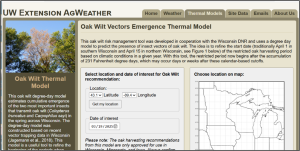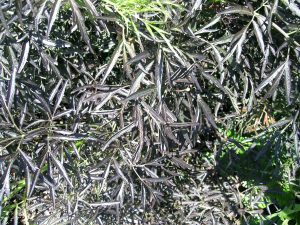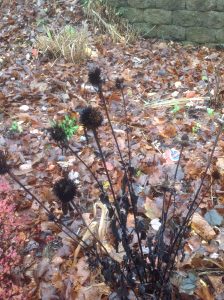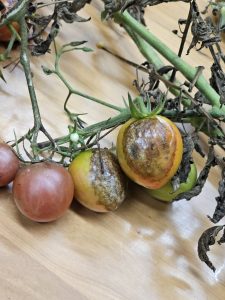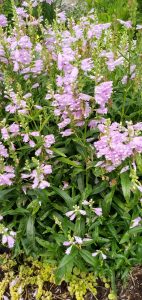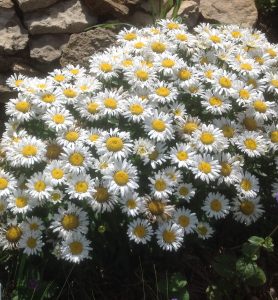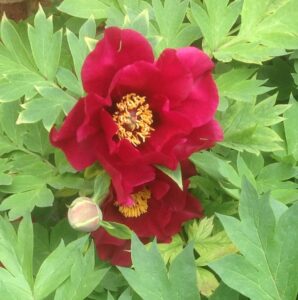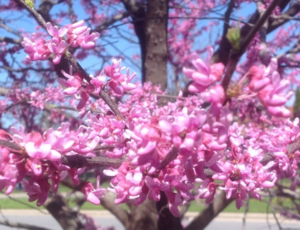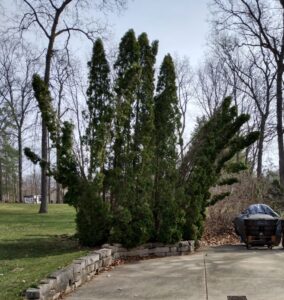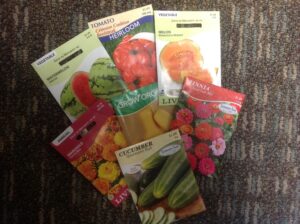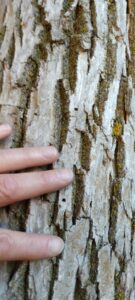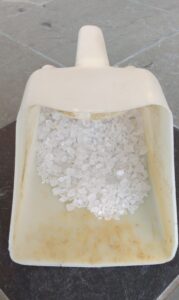
Online Tool for Determining a Guideline Timing for Pruning Oaks
The pruning season for many woody plants has been especially difficult to determine this year as the temperatures have swung wildly between frigid and too warm for pruning certain species. Temperature is critical in determining when it is safe to prune oak trees. This is due to the activity of the beetles that carry oak […]

